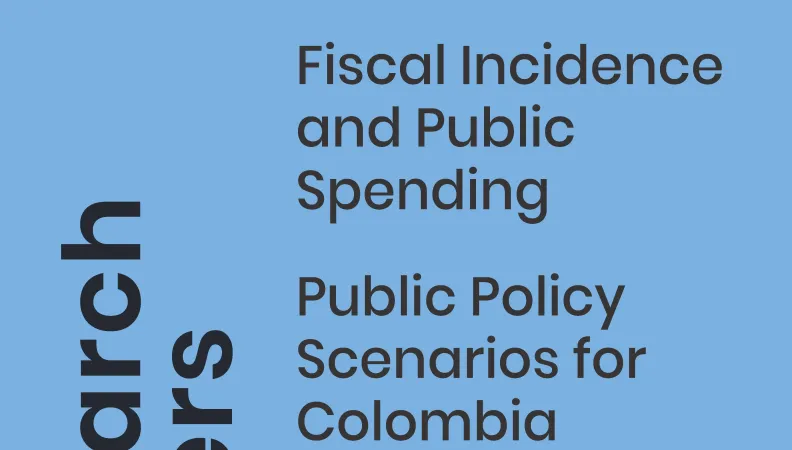Share the page
Fiscal Incidence and Public Spending: Public Policy Scenarios for Colombia
Published on

In 2020, Colombia recorded the highest levels of inequality and poverty in the last decade. According to the National Administrative Department of Statistics (DANE, 2020), the monetary poverty rate reached 42.5% and the GINI inequality index stood at 0.544. The increase in these indicators can be attributed to poorer labour market performance and the COVID-19 pandemic. In this context, this analysis examines these indicators using the fiscal incidence methodology developed by the Commitment to Equity Institute (CEQ), which makes it possible to identify the effect of tax structures and social spending in the country on poverty and inequality. Following this examination, a micro-simulation tool was used to propose three scenarios for identifying trends in public and fiscal policies with the potential to contribute to reducing poverty and inequality: i) simulation of the tax policy environment, ii) changes in social spending, iii) the possible effects of the tax reform approved in 2022. The results of these exercises indicated that, in the tax and fiscal policy landscape, the expansion of the Colombia Mayor programme has had the best results in terms of reducing poverty and inequality in the country. Finally, according to estimates, the changes brought in by the 2022 tax reform would not have a significant impact on poverty and inequality indicators, although the destination of the increased tax revenues is still not known.
Useful Information
-
Authors
-
Jairo Núñez, David Lasso
-
Coordinators
-
Felipe KORREALES, Anda David
-
Edition
-
307
-
Page number
-
67
-
ISSN
-
2492 - 2846
-
Collection
-
Research Papers
